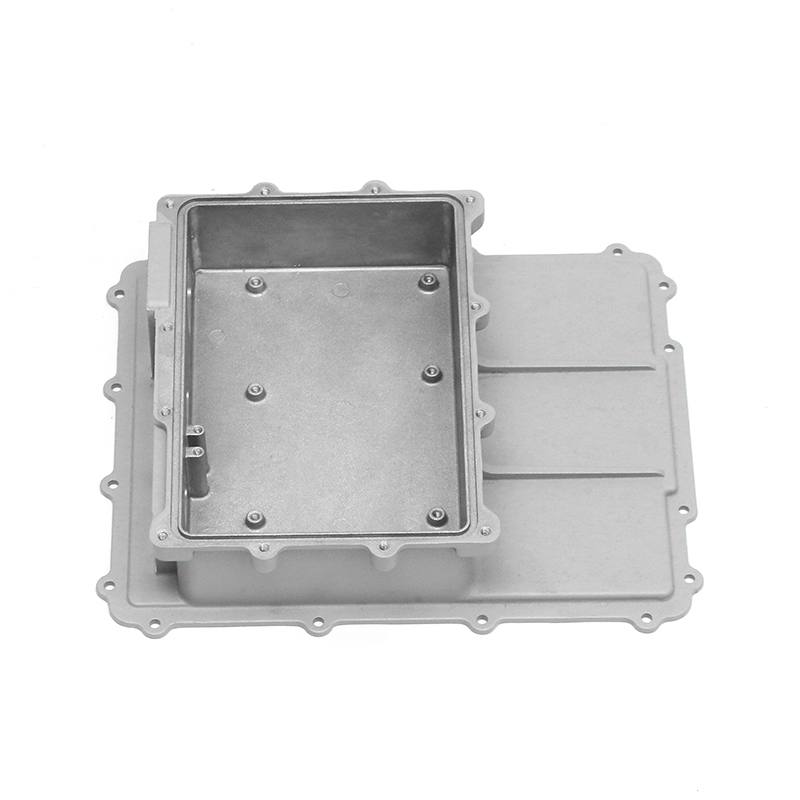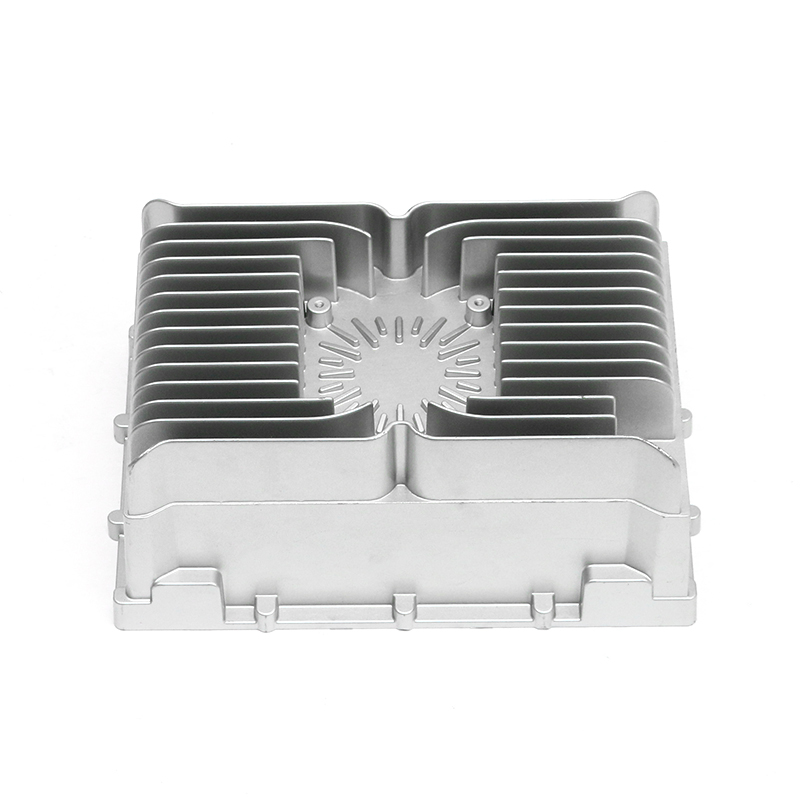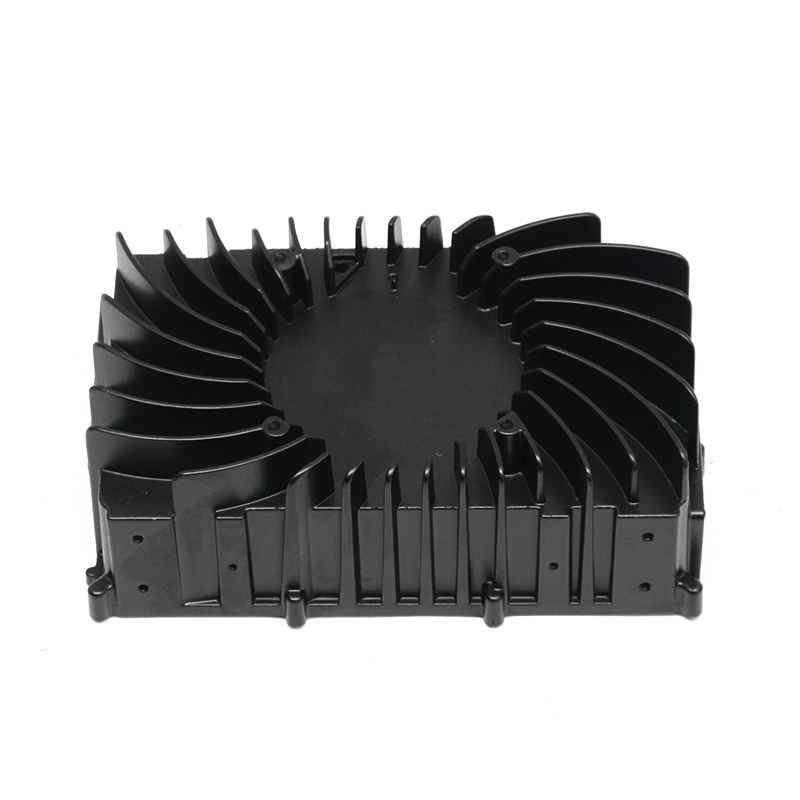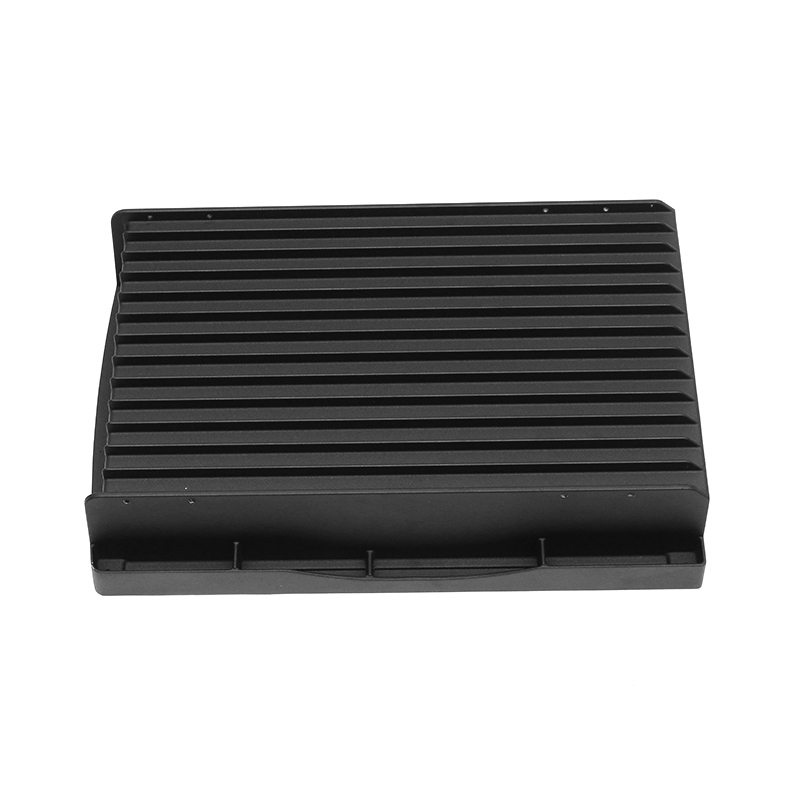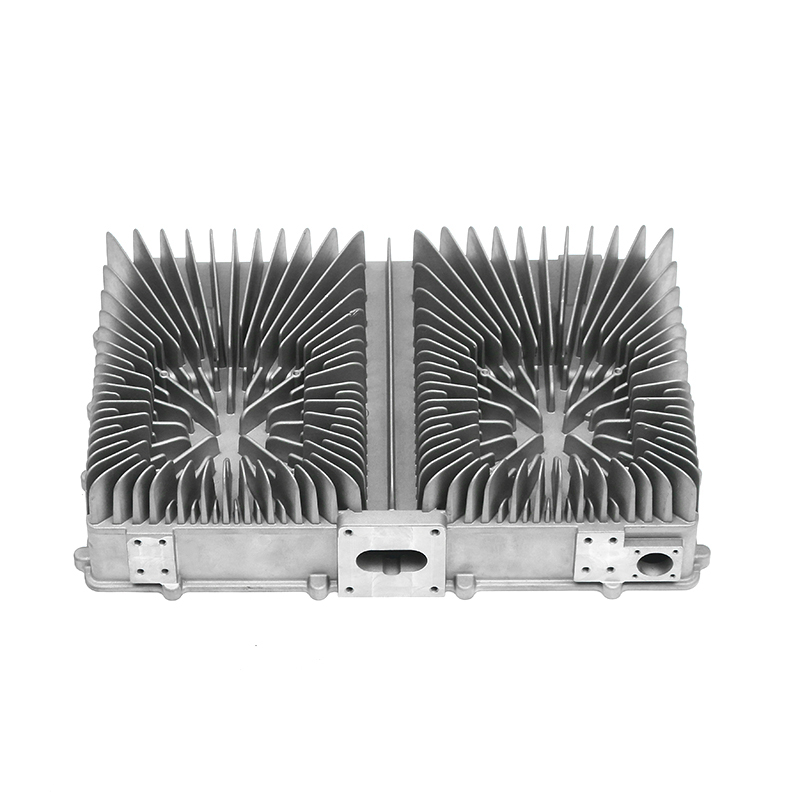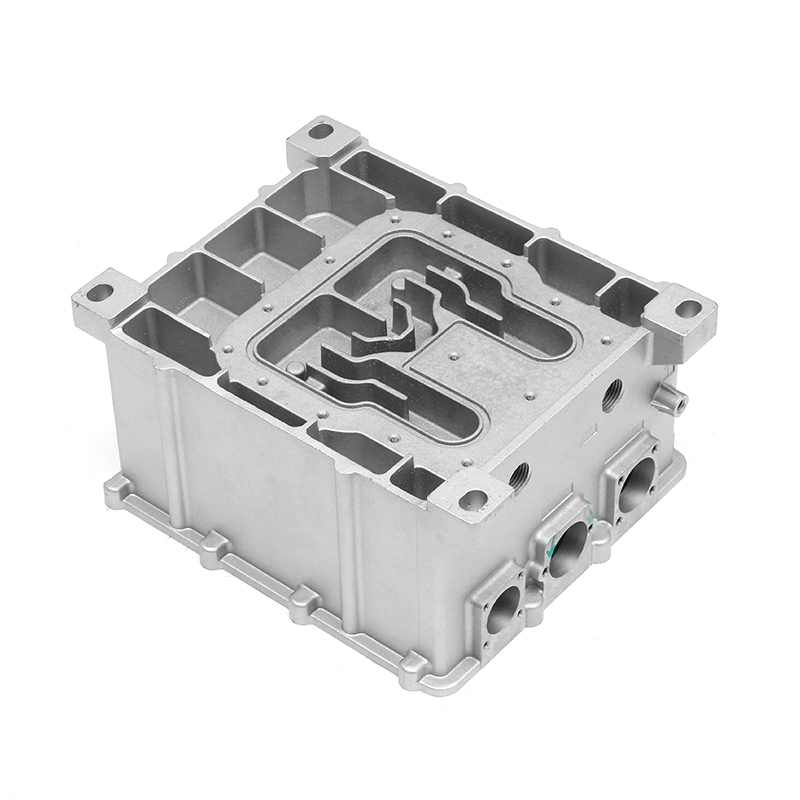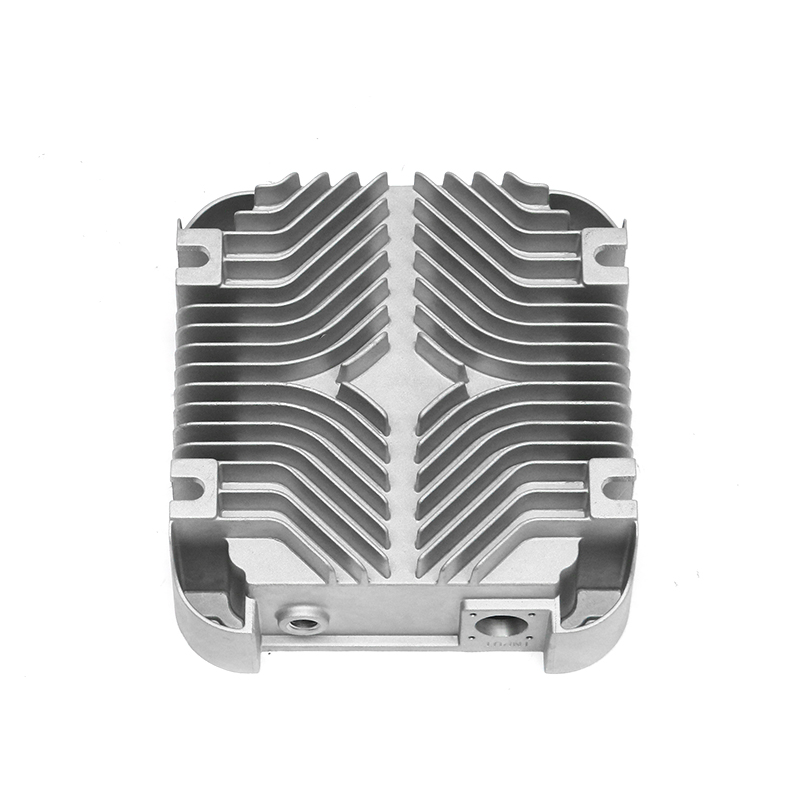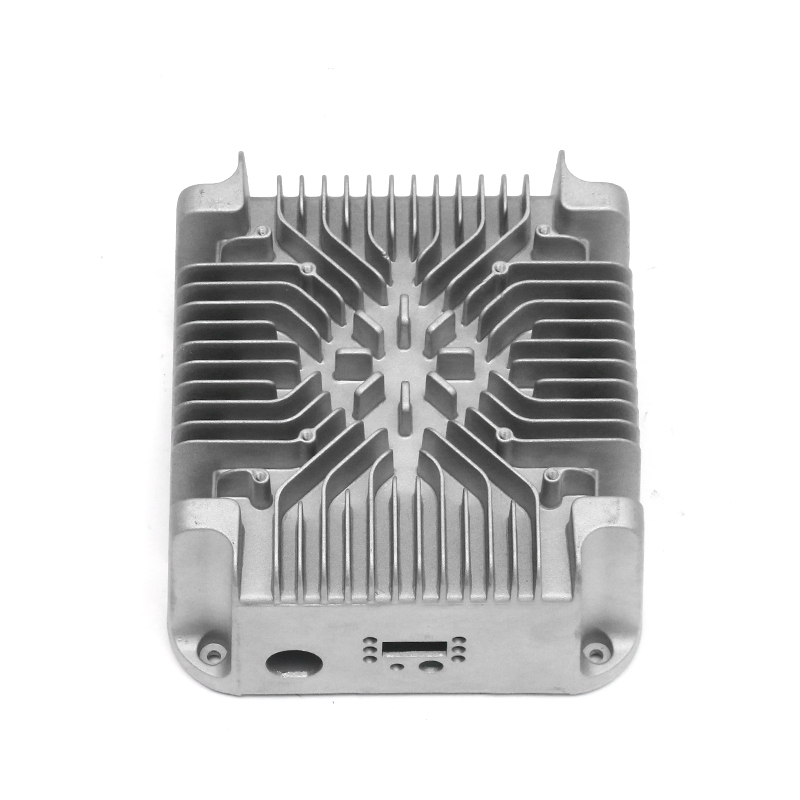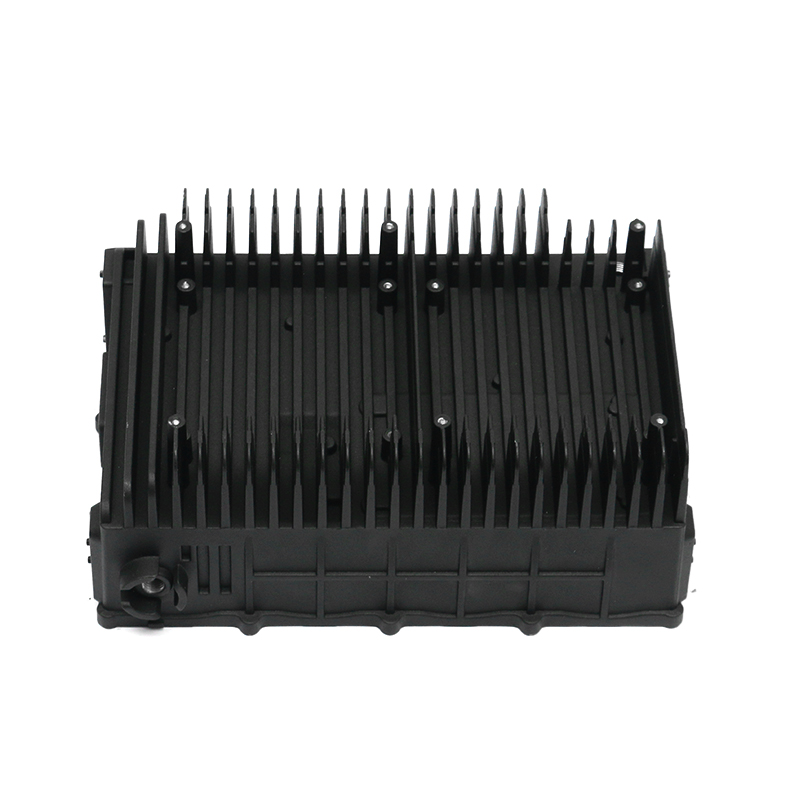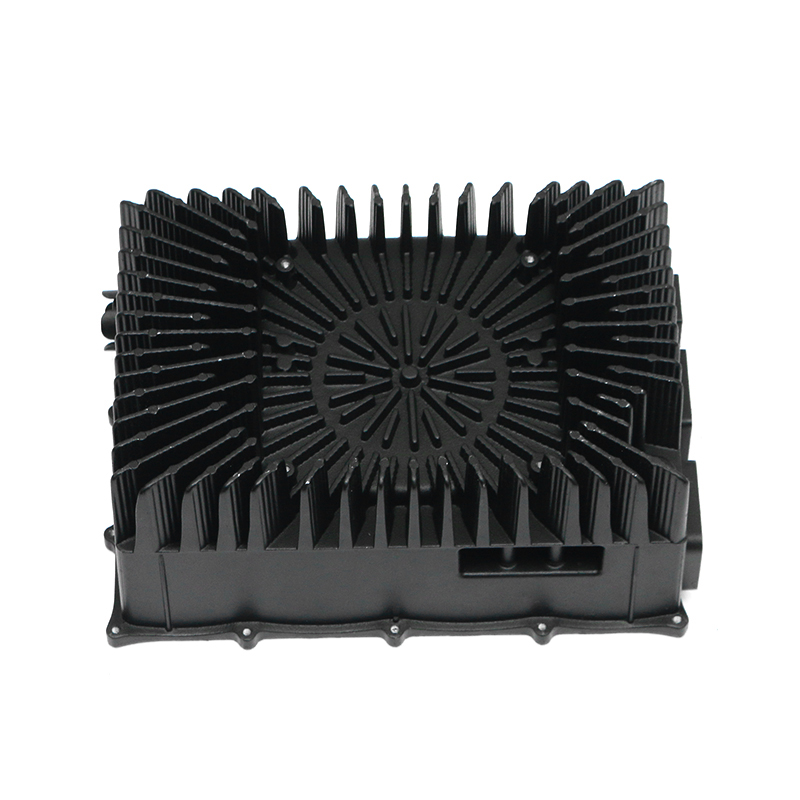The core components of new energy vehicles, batteries and motors, generate a lot of heat during operation. During the charge-discharge cycle of the battery, the complex chemical reaction inside the battery continuously releases heat energy; When the motor is running at high speed or under the condition of frequent start and stop, the current action and mechanical friction will also cause a sharp increase in heat. If these heat cannot be controlled stably and effectively, the performance of new energy vehicles will be severely restricted. Unstable heat dissipation will cause the battery temperature to be too high, resulting in an imbalance in the internal chemical reaction of the battery, which in turn will cause the battery capacity to decay and accelerate the cruising range. At the same time, high temperatures may also cause thermal runaway of the battery, which poses a serious safety hazard. For the motor, overheating will lead to the decline of winding insulation performance and unstable torque output, which will directly weaken the dynamic performance of the vehicle and affect the stability and smoothness of driving. It can be seen that a stable and reliable heat dissipation system is the cornerstone of the performance of new energy vehicles.
The New Energy Electronically Controlled Water Cooling Series is designed to meet the demanding needs of new energy vehicles. From the very beginning, stability has been at the heart of the series. In the process of system architecture construction and component selection, after countless repeated demonstrations and optimizations, we strive to create the most stable and efficient heat dissipation system. Its system covers key components such as pumps, water tanks, radiators, etc., which are closely coordinated through precise mold assembly and scientific connection methods to form a highly stable organic whole.
The stable operation of the water pump is the power source to ensure the heat dissipation effect of the water cooling system. The New Energy Electronically Controlled Water Cooling Series is equipped with a water pump with high efficiency and stable power output. Whether it is a frequent start and stop of the vehicle under urban congestion conditions, or a long-term high-speed drive on the highway, the water pump can accurately adjust the coolant flow rate to ensure that the coolant can provide a stable flow rate for the coolant under different working conditions, and bring out the heat generated by the battery and motor in time, providing a solid guarantee for the stable operation of the power system of new energy vehicles, so as to effectively improve the power performance of the vehicle. The stable coolant circulation can keep the motor in the optimal operating temperature range at all times, ensure the stable torque output of the motor, make the power response of the vehicle faster and more stable in acceleration and climbing scenarios, and greatly improve the driving experience.
The water tank plays the dual key role of "reservoir" and "buffer" in the water cooling system. The tanks of the New Energy Electronically Controlled Water Cooling Series are designed with a special structure and high-quality materials to provide excellent thermal stability and impact resistance. Even in bumpy road conditions, sudden acceleration or braking, the water tank ensures stable coolant storage and effectively buffers drastic changes in coolant temperature. Stable coolant storage and temperature buffering are essential to maintain battery performance. The stable coolant temperature can ensure the stability of the chemical reaction inside the battery, reduce the attenuation of battery capacity, and significantly improve the endurance of new energy vehicles. In actual use, new energy vehicles equipped with this series of water cooling systems have a significantly higher cruising range than vehicles with unstable heat dissipation under the same power and driving conditions, bringing users a more convenient travel experience.
The heat sink of the New Energy Electronically Controlled Water Cooling Series uses an advanced heat sink fin design and high-efficiency thermal conductive materials to maintain stable heat dissipation efficiency at different ambient temperatures. In the hot summer, the radiator can quickly dissipate the heat in the coolant to the outside world, preventing the vehicle from overheating and degrading its performance. In the cold winter, it can also avoid the low coolant temperature affecting the vehicle performance through reasonable thermal management strategies. The stable heat dissipation efficiency ensures that the battery and motor can be at a suitable working temperature under various climatic conditions, which greatly improves the safety performance of new energy vehicles. The stable working temperature effectively reduces the risk of thermal runaway of the battery, and at the same time ensures the reliable operation of the motor, reduces the probability of failure caused by overheating, and escorts the user's driving safety.
In the market application, the stability of the New Energy Electronically Controlled Water Cooling Series has been fully verified to improve the performance of new energy vehicles. Many new energy vehicle manufacturers have given high praise after the actual installation and use. A well-known new energy vehicle company reported that after adopting this series of products in many of its models, the power performance, endurance and safety performance of the vehicle under different road conditions and climatic conditions have been significantly improved. Whether it's an endurance test in a hot desert area or a low-temperature start-up experiment in a cold polar region, the vehicle's battery and motor temperatures are always kept within a reasonable range, ensuring high-performance operation.
The New Energy Electronically Controlled Water Cooling Series has also won the trust of consumers in the automotive aftermarket for its excellent stability. Maintenance companies have reported that after a long period of use, there are few maintenance needs caused by system failures, which greatly reduces the after-sales maintenance cost of vehicles. This not only improves the experience of consumers, but also provides strong support for the popularization and promotion of new energy vehicles, and further promotes the healthy development of the new energy vehicle industry.
Recommended Products
Products provided by famous enterprises are deeply trusted by users.

